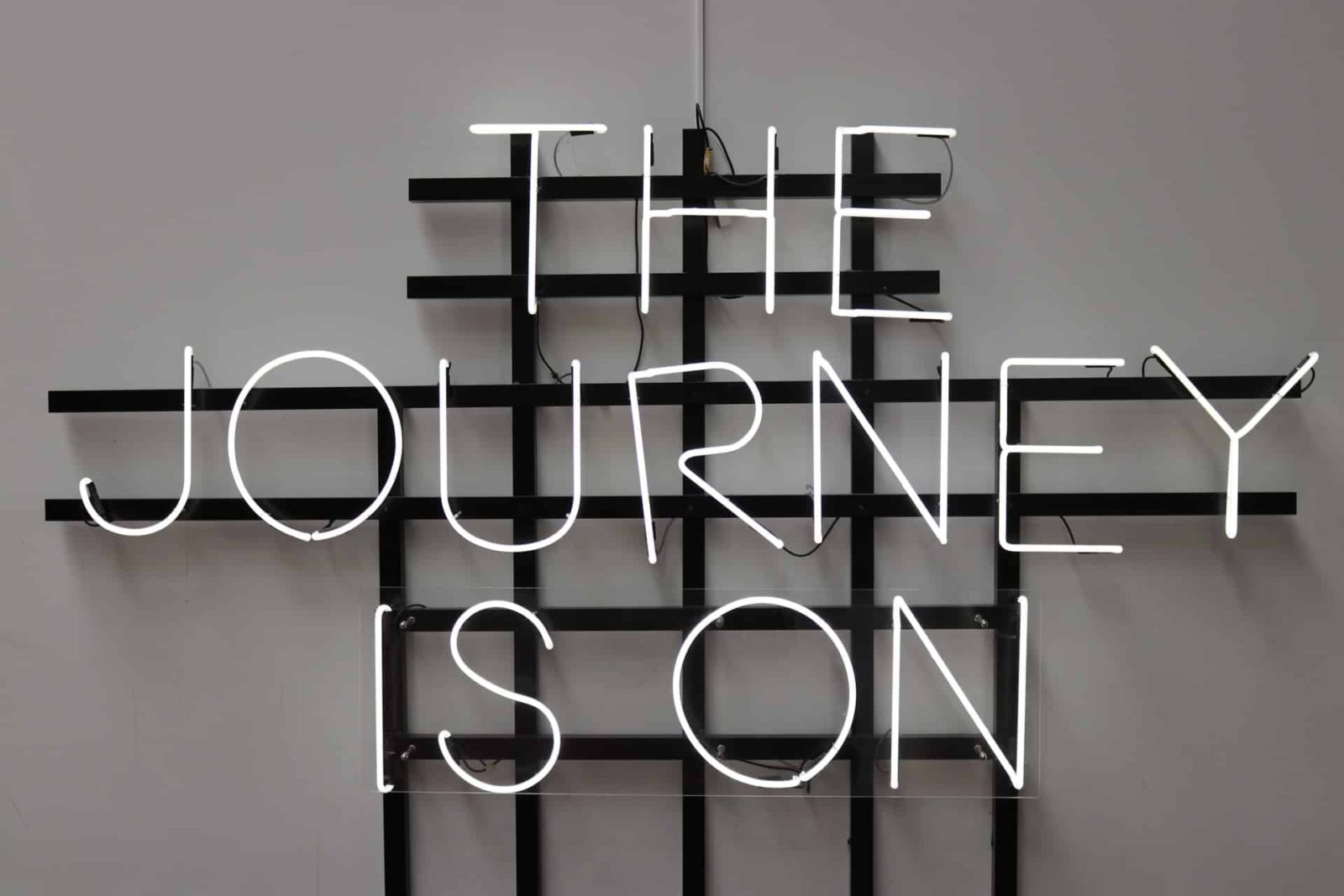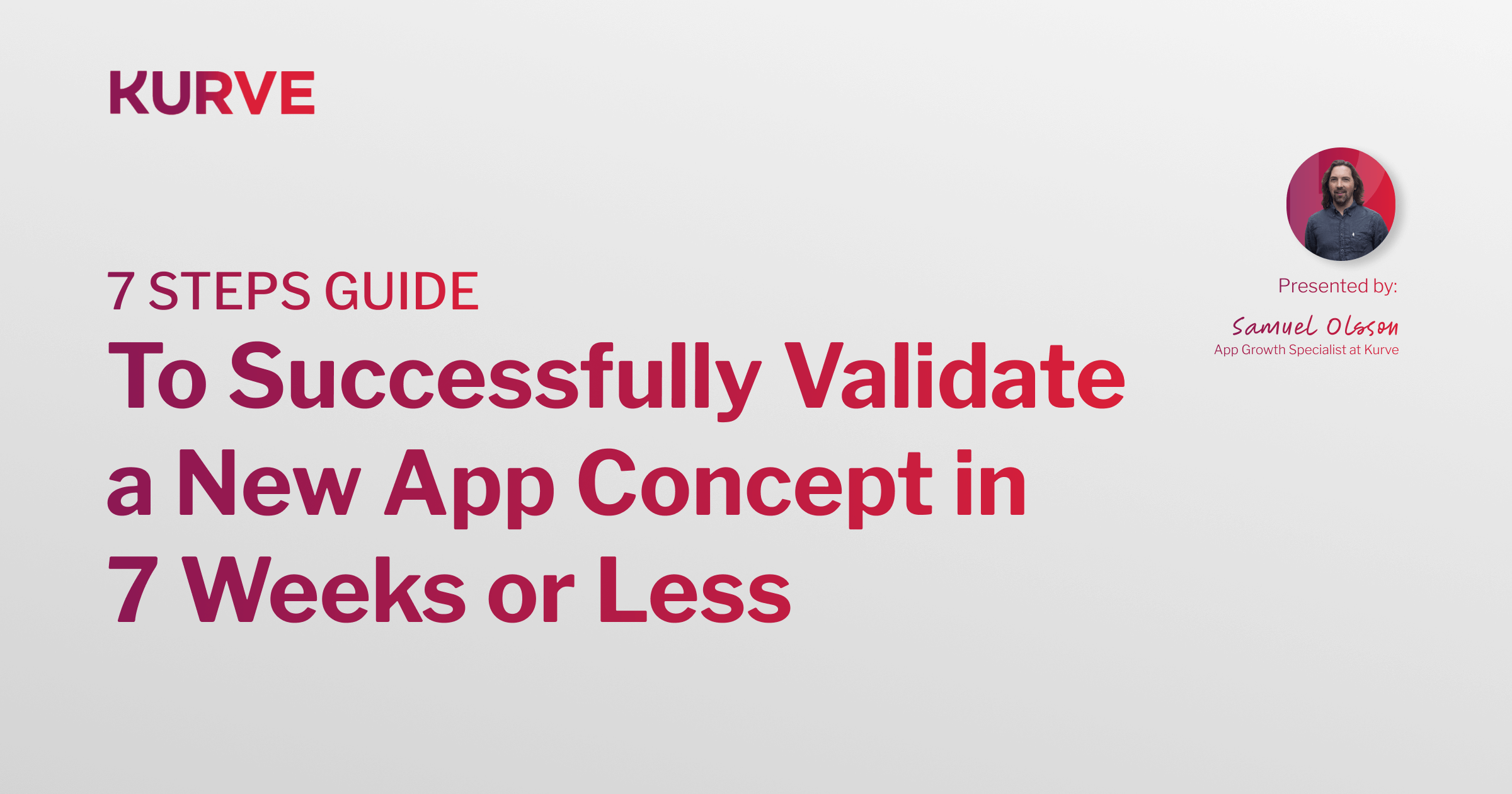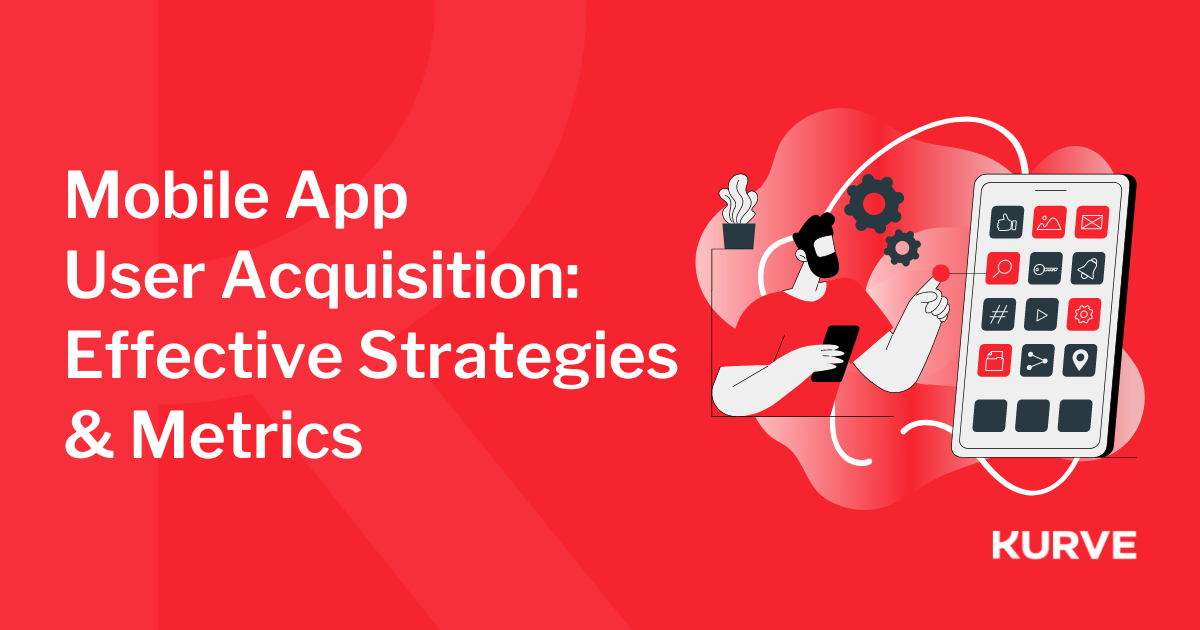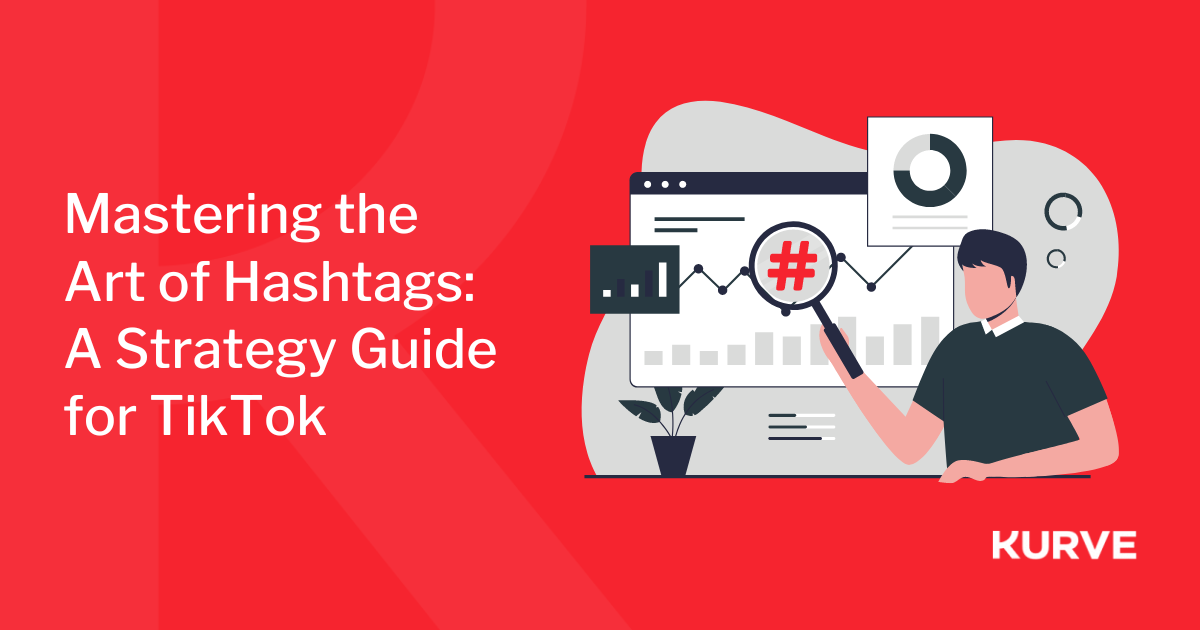Marketing Funnel Friction: What Could be Causing it?
Marketing Funnel Friction: What Could be Causing it?
“A gem cannot be polished without friction, nor a man perfected without trials.” - Lucius Annaeus Seneca In the context of marketing funnels , friction is a bad thing. On the other hand, you’re unlikely to build the perfectly smooth marketing funnel from the word go. With this in mind, identifying friction and its causes will tell you where to improve. It’s easy to know whether you have a problem. If you’re generating the traffic and interest at the top of the funnel but drop-off before a purchase is huge, friction is having a negative impact. For the purpose of this article, let’s assume that you have proven a concept which is ready to scale, but you’re not getting the revenue out the other side due to lack of signups. What could be causing the friction points down your marketing funnel? In this article, I focus on broader strategy, as opposed to the nitty gritty issues of conversion rate optimisation.
1. A lack of clear objectives
Every piece of content must have a clear objective, helping the prospect to venture further down the funnel, along the carefully-planned customer journey . Startups must see everything they publish in the context of this; how does it fit into the broader view of customer experience? What is content? Every webpage, newsletter, and blog post falls into this category. Too often, I see a legacy webpage which isn’t optimised for conversions but gets passive search traffic. It doesn’t strategically align with personas, journeys, or buyer stages. This is a missed opportunity, and can easily be highlighted through the use of goals on Google Analytics.
2. No tech integration
Personalisation is paramount across touchpoints in your customer journey and marketing funnel. With over 6800 martech tools on the market , the opportunities for personalisation are unprecedented. But this choice makes it hard to know which combination suits your business. Regardless, you need to be delivering the right message at the right time, no matter what. This requires smart automation, using healthy data. Useful note: We use HubSpot , Autopilot and Optimizely . With account-based marketing, we use ListenLoop and ConvertFlow to achieve this
3. Ignoring audience persona
Too many people talk about the marketing funnel without considering the nuances of each audience persona and their unique journey. In my mind, these are intrinsically linked, and you cannot refer to one without the other. Also read: The biggest mistakes with audience personas You should have different visions for the funnel, for different audience types - each with their own ideal journey. You can talk about the journey from Google AdWords, to a landing page, to webinar signup and sale. But does this apply to all of your personas, or are you shoehorning a wide variety into the same funnel structure? This is where you lose people.
Image credit: Unsplash
The key components
The key components for an effective funnel, broken down into 3 examples:
Situation 1: The funnel isn’t right
If you don’t leverage gravity in pipework, you get congestion. Shoddy engineering results in blockages, and eventually a right old mess. Sometimes, startup founders do it on the fly without using templates, existing infrastructure, or best practice approaches. The funnel is often setup without the input of someone with experience. This is asking for trouble. Quite simply, if the marketing funnel isn’t built robustly to draw prospects in at the top and down through the sale process and aftercare services, it won’t have the desired effect. A common issue is that the funnel is too long or it doesn’t have clear call-to-actions (CTAs). Or the funnel actually is broken, but due to poor measurement, no one in the business knows. Useful note : The budget option for fixing this is ClickFunnels . For mapping out the journeys and keeping track, you might want to use Funnelytics .
Situation 2: The funnel is right, but it’s being used wrong
Sometimes the plumbing structure is perfect, but the pipes are wrong for the job. This results in leaks and wastage throughout the system. In practice, this relates to putting too much money in at the top without seeing the return at the end. This could be due to using the wrong channels, or using one rigid funnel architecture for multiple audiences.
Situation 3: Right funnel, right destination, wrong audience
The wrong liquid gets stuck in pipes, and bursts the system. This refers to filling the funnel with the wrong audience from the wrong places. For one client, we tried Facebook advertising to get app installs - with little to no success. We took this over to Google AdWords, using a chatbot to engage with visitors. Same product, different audience, and we got much better results. No matter how perfectly your funnel is structured, if you’re filling it with the wrong prospects from the start, you won’t increase revenue.
A word on product
If you’ve addressed all the above, the product may be the problem. These debates are hotly contested, whereby everyone agrees that there is no result but nobody can agree on why. An objective and methodological approach is needed to diagnose the block and fix the funnel.



